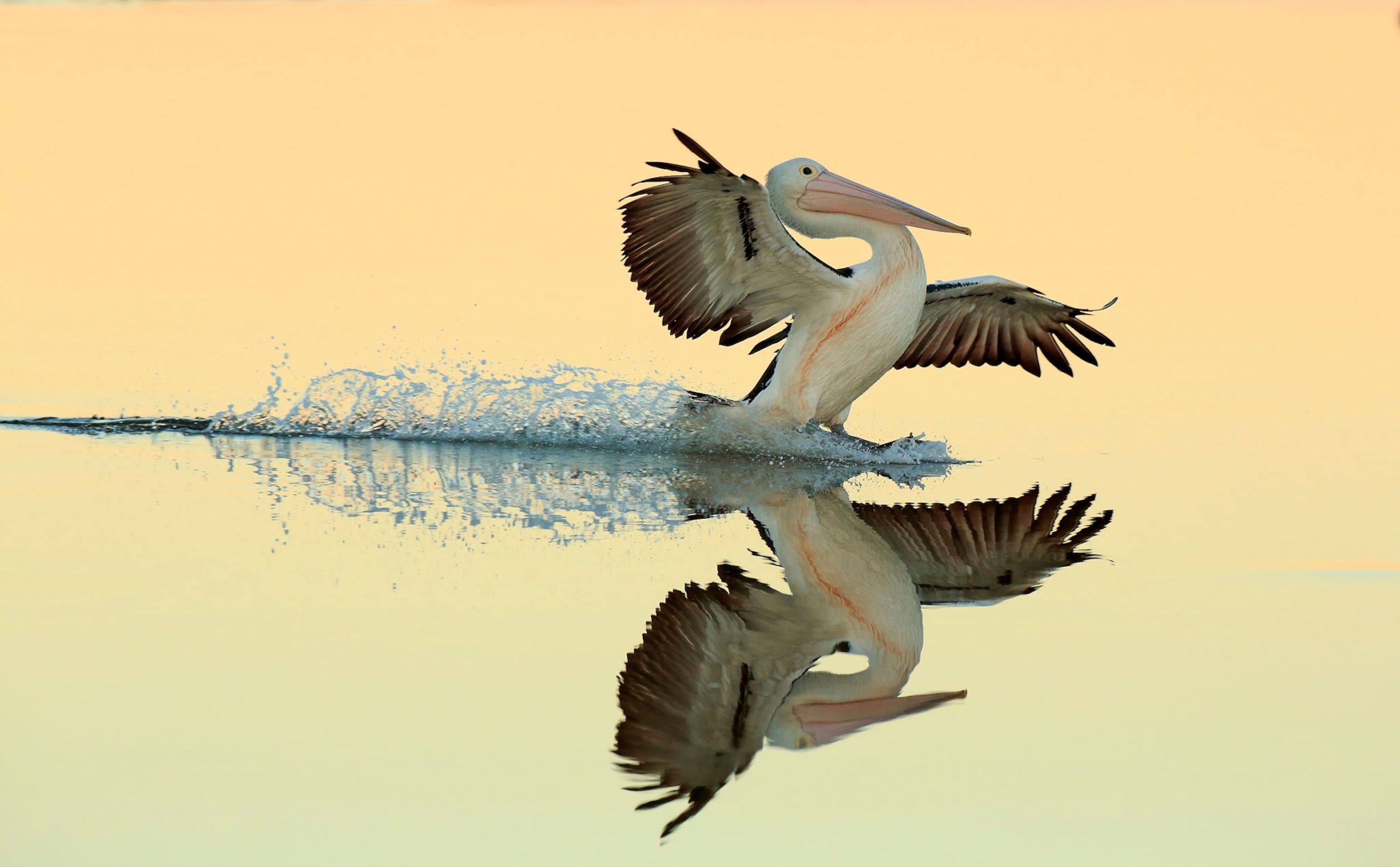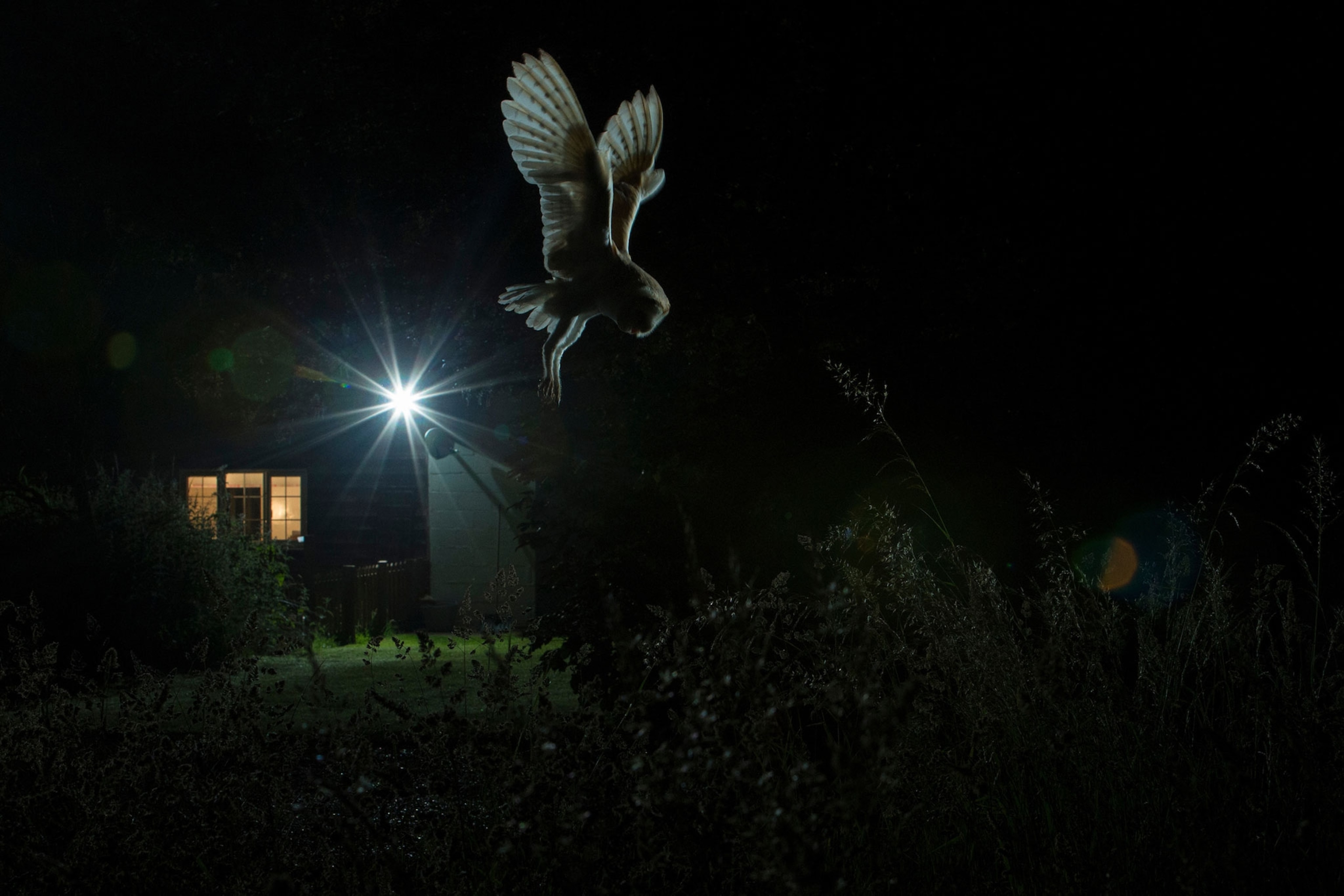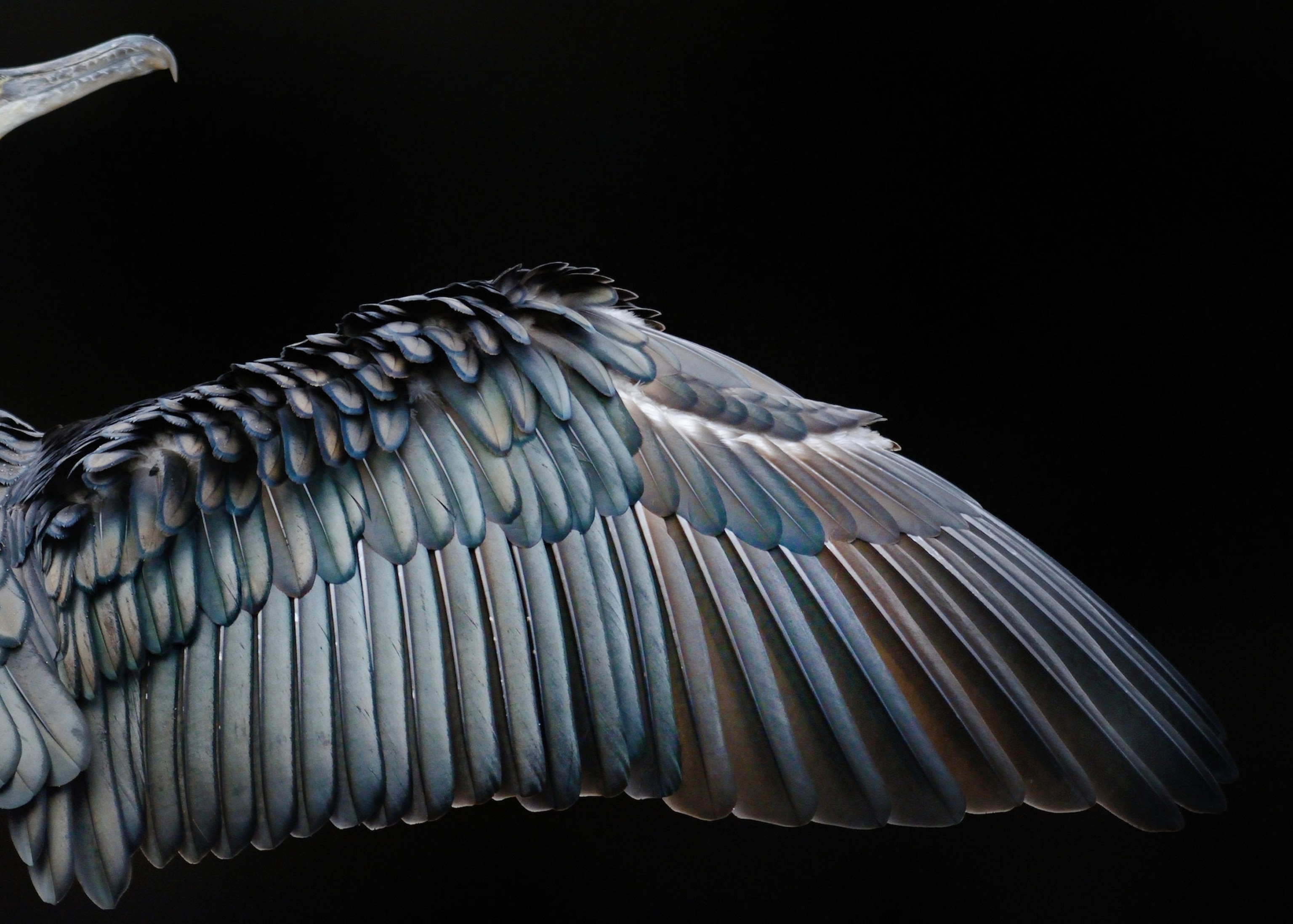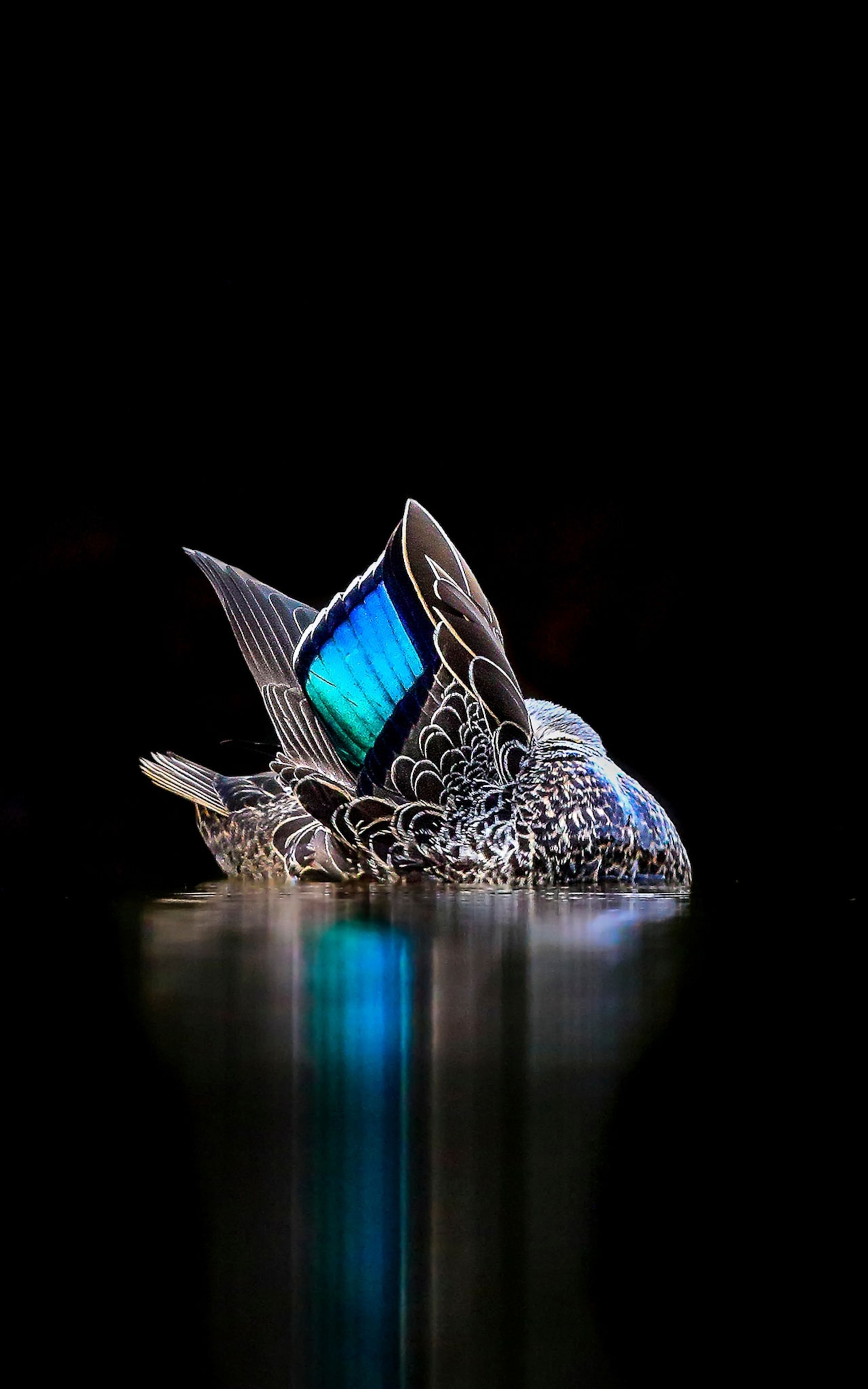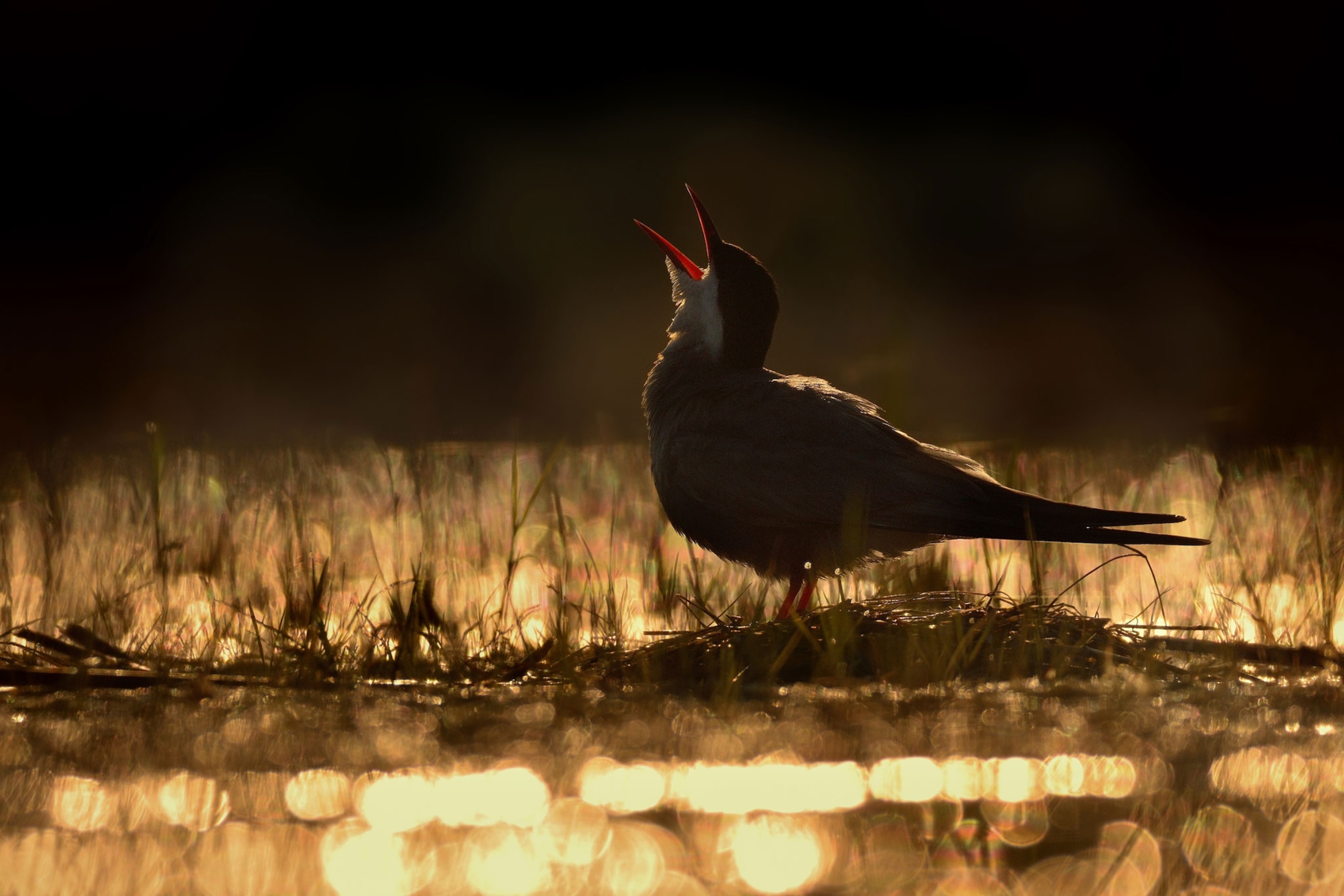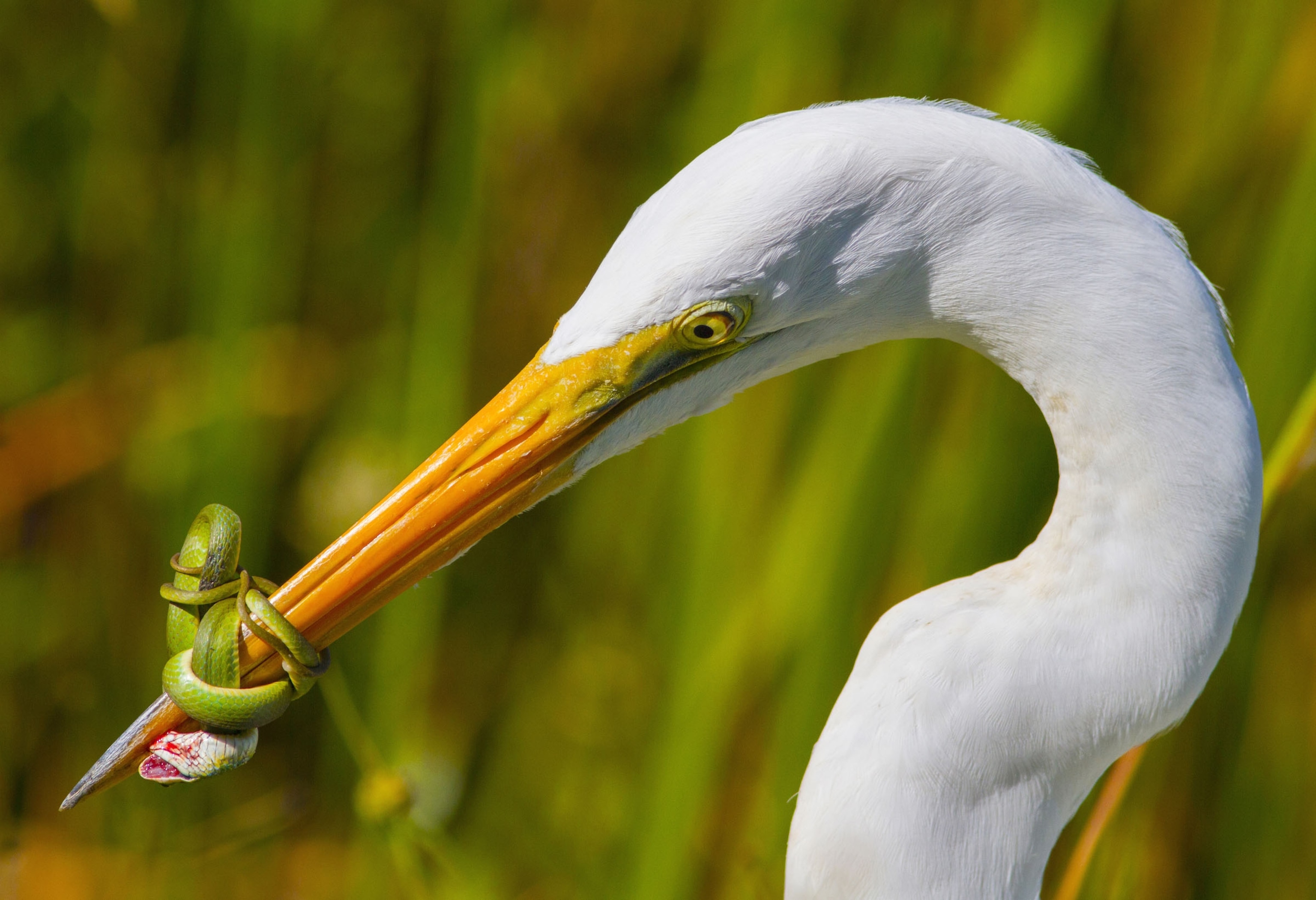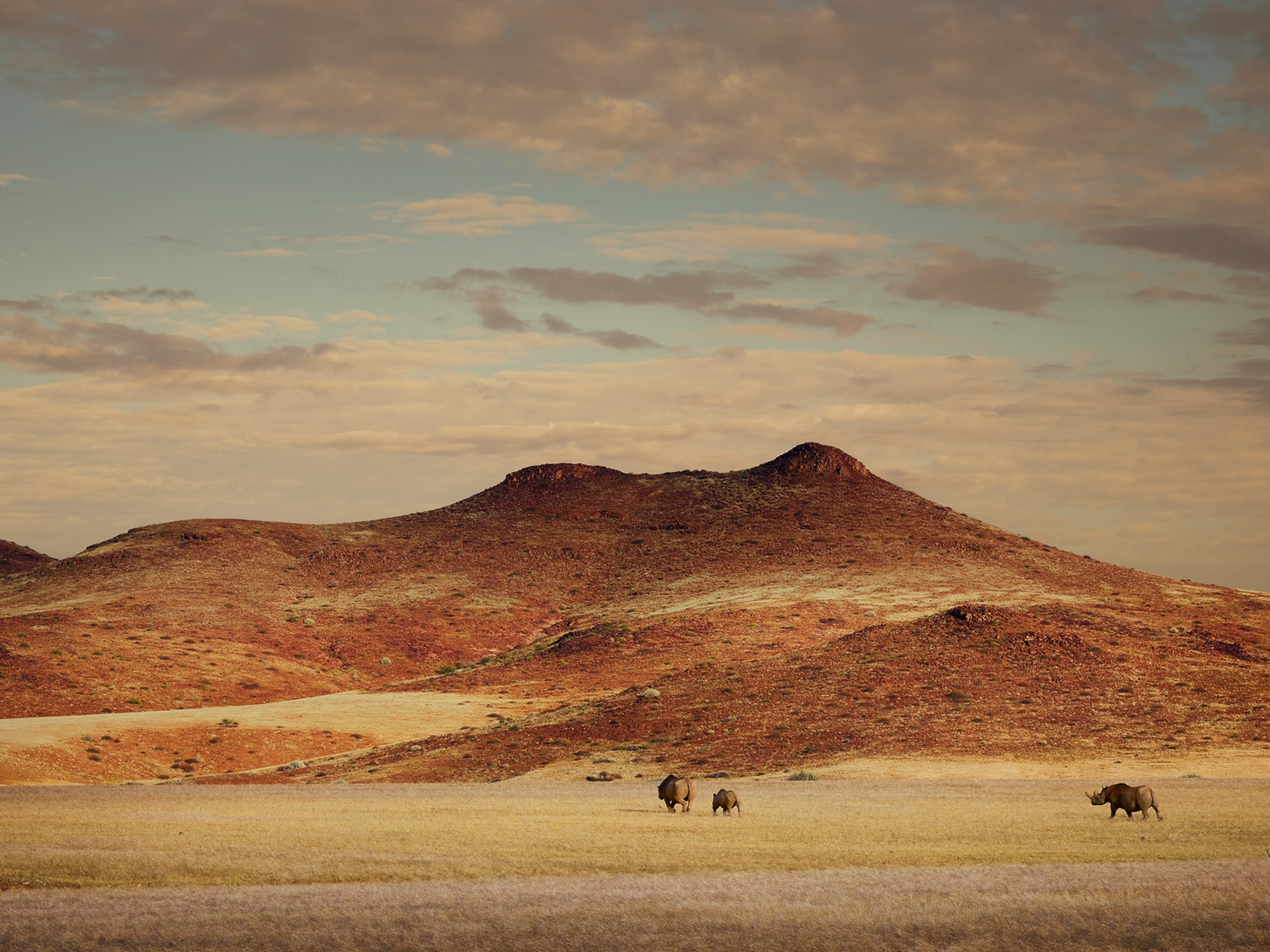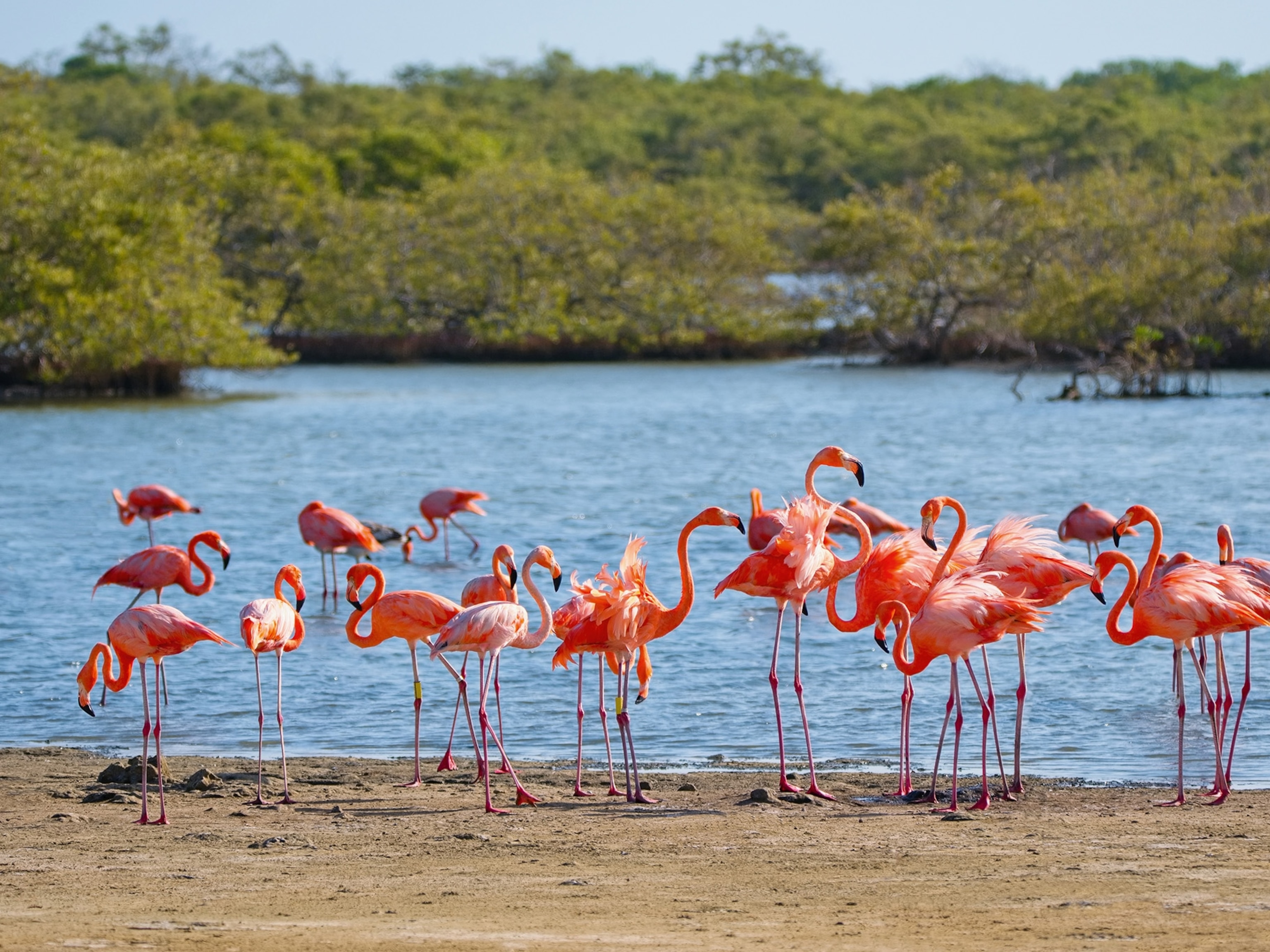A zoo celebrates as its flamingo flock gives birth to five new chicks—but the process is more difficult than it may seem.
It’s probably more difficult than you might imagine to breed American flamingos and raise their young. These iconic birds, which are found throughout the Caribbean region, will not breed if their flock isn’t larger than about 20 in number, or if sex ratios are skewed one way or the other.
At the Columbus Zoo, for example, handlers had difficulty getting the animals to reproduce for several years, before increasing the size of their flock. It now numbers 35, and over the past few days the zoo has welcomed the arrival of five new chicks.
One chick, the smallest—weighing in at about three ounces—can be seen hatching in a time-lapse video that was filmed over the course of 24 hours on June 19.
13 Amazing Pictures of Birds
Kevin Kollar, a zookeeper at the Columbus Zoo, says the organization wants to foster a large breeding population in case wild populations are put in jeopardy. “With birds, especially birds that live in large colonies, a disease can wipe an entire [group] very quickly, and that’s why it’s important to have a healthy breeding population in zoos.”
Of the 25 eggs laid this year, only 12 were fertile and only 5 of those survived the incubation process, which takes nearly one month. The chicks themselves aren’t totally in the clear yet; even when they’re carefully cared for they can die for a variety of reasons before reaching adulthood.
"We are excited to have so many healthy babies, but we are always cautious,” Kollar says. “A lot of little things can change, and these birds often don't show signs somethings wrong until it’s too late."
It took each chick more than 24 hours to break out of their eggs, and now that they’re out, keepers will spend the next several weeks feeding these hatchlings every two hours from dusk till dawn.
In the wild, the parents would take turns feeding their chick a nutrient-rich, cheese-like substance known as crop milk, which is generated in the bird’s digestive tract. But these babies will be hand-fed a specialized formula prepared by their keepers, made to mimic this nourishing substance.
This soft, watery blend of different ingredients often contains foods like meat, cereals, poultry and trout pellets, and shrimp, according to the Handbook of Avian Medicine.
See: Epic Birds
The flamingos live in an open-air enclosure, which by its nature can be infiltrated by aerial predators like hawks that wouldn’t hesitate to raid a flamingo nest. For that reason, keepers took the eggs from the nest mounds and will raise them indoors until the animals are big enough to fend for themselves. The zookeepers placed fake eggs in the flamingos’ nests to keep the parents from becoming upset about their disappearance.
Each chick weighs around 100 grams, which is about as much as an (unpeeled) banana. It will be a couple months before they are ready to fend for themselves and are returned to the flock. Then, they'll be visible to the public.
But their journey to adulthood will be filmed and featured in a show called “Secrets of The Zoo,” premiering on Nat Geo WILD on July 19.
The sexes of the chicks haven’t yet been determined; that is difficult to do, and will be done via genetic analysis in about one week. In the mean-time, you can suggest and/or vote for a name for the newly-hatched chick on Reddit.
Year of the Bird
In 1918 Congress passed the Migratory Bird Treaty Act to protect birds from wanton killing. To celebrate the centennial, National Geographic is partnering with the National Audubon Society, BirdLife International, and the Cornell Lab of Ornithology to declare 2018 the Year of the Bird. Sign the pledge to find out this month's action and share your actions using #BirdYourWorld to increase your impact.



